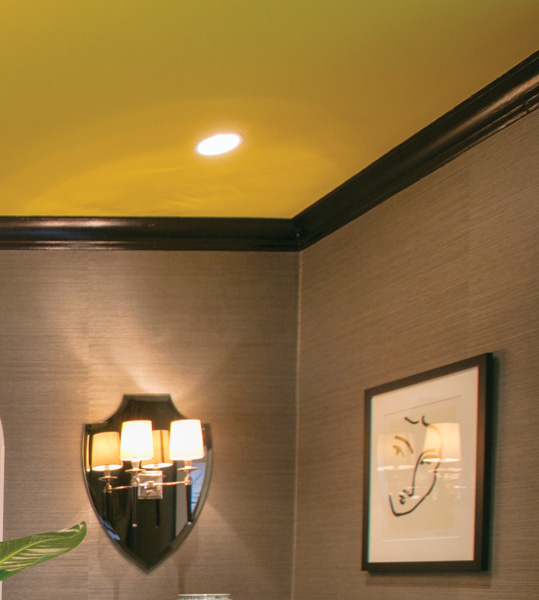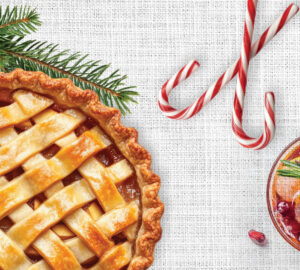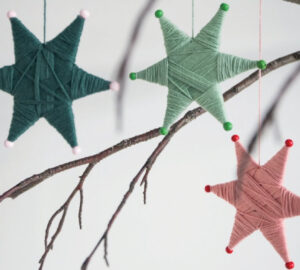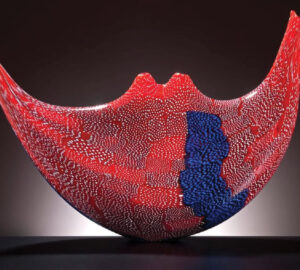come to terms with…crown molding
No room is complete without it. Crown molding is a very inexpensive way to add a lot of value to your space. It can make an 8-foot ceiling look like a 9-foot one, and it can create an architecturally important divide between your walls and ceiling. It also offers a wonderful opportunity to add color to your ceiling—a must! If you paint your newly installed crown molding white and your ceiling is white, why did you bother? The whole point is to acknowledge the sixth surface in your room. You needn’t go crazy with a bold color (although that can be very effective), but you should at least tint your ceiling color so your whites are not the same. If you really have an adventurous streak, wallpaper your ceiling!
Moldings have been used for centuries to add depth to flat surfaces. The Assyrians, Persians, Egyptians, Greeks, English and French all embraced the importance of adding details! A home without them is just a hut, in my humble opinion.
Crown molding comes in various shapes and sizes—Colonial crown, egg and dart, dentil, reed and ribbon—and the scale of these elements is paramount for the right effect. Hire a design professional to assist with selection and placement. Your own individual style should be reflected in what you use and how you apply it, keeping your home’s architectural style in mind, of course. Often, a three-piece molding combination is just what the designer ordered to achieve the maximum effect for your space. Or it could be as simple as adding a single piece.
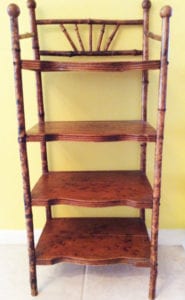 timeless: bamboozled
timeless: bamboozled
In the design world, we have garnered various goods and much inspiration from the Orient, such as china, silk textiles, wood block printing and bamboo, among others. Here, I focus on bamboo, which can be broken into two simple categories: real and faux.
Real bamboo has been used by the Chinese for more than 7,000 years. It has a reputation for being as tough as any hardwood used for furniture production. It also can also be used for shoes, tiles, coats, food, writing surfaces, flooring and home construction. I recently learned that Alexander Graham Bell made his first telephone out of bamboo, and Thomas Edison used bamboo to make the first filament for a light bulb. It appears being ‘green’ has always been in fashion.
Because bamboo grows at such a rapid pace (it’s one of the most invasive plants), there has never been a shortage of this material. Bamboo suites of furniture are still very popular in coastal areas. It’s also extremely lightweight, so it’s ideal for casual furniture that might need to be reconfigured. Since water can harm its finish, it’s best to use bamboo indoors or in covered areas outside.
Bamboo furniture has always been popular on the warm coasts of Florida and California, but with the housing boom and increased travel after World War II, recreation rooms across the U.S. began sporting the exotic look.
The true collectables are pieces of faux bamboo furniture. These reached their zenith of popularity in the 1880s and are sought after by serious collectors far and wide. Prior to and during the Victorian period, it was extremely important to have exotic furniture. American faux bamboo is very rare and one of the most collectible types outside 17th-century Chinese examples. Only one company, R. J. Horner, specialized in it stateside. The American version, which mainly used bird’s-eye maple, was considered finer than the French (often topped with marble) or English, which typically used oak, pine or burlwood.
Faux bamboo pieces can fit both traditional and contemporary interiors and have an artistic quality to them. Using paint to make hardwood look like bamboo takes great skill and talent.
50 shades of…copper harbor
For those of you who love to switch out accessories in your homes as the seasons change, I imagine you are of the ilk to change the paint on your front doors as well. Good for you! I am not that inspired. (I also live in a condo, and the board would not look kindly on a rogue color choice.)
My suggestion for this fall’s front door is Sherwin Williams Copper Harbor. The lovely, soft shade of pumpkin draws you in, and it will work with most any color of brick. The fresh paint on your door will create a great focal point surrounded by pots of mums, pumpkins and fall foliage.





